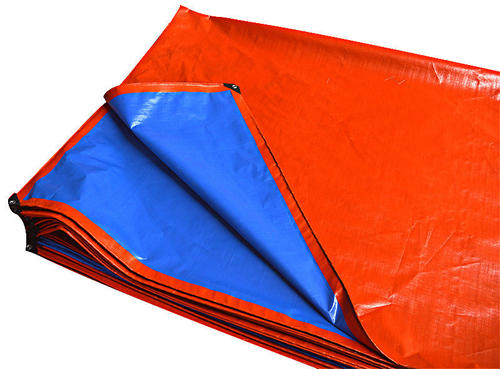PE: Polyethylene PE resin is a non-toxic and odorless white particle or powder, with a milky white appearance and waxy feel; it is flammable, with an oxygen index of only 17.4%, low smoke and dripping during combustion, yellow on the flame and blue underneath.
Paraffin odor; low water absorption (polyethylene PE polyethylene PE contains a small amount of double bonds and ether groups in the molecule, so the weather resistance of PE is not good, sun and rain will cause aging, need to add antioxidants, light stabilizers to improve The thermal stability of polyethylene PE in inert gas is very good, and the decomposition temperature can reach 300℃ or more; but when the temperature exceeds 50℃ in the heated state, the hot oxygen will cause the degradation reaction, so it is necessary to add antioxidants to improve it. For example, the main antioxidant 1010 and the auxiliary antioxidant 168; the heat resistance of PE in the air is not good, and it will improve with the increase of molecular weight and crystallinity; but the low temperature resistance of PE is very good, and its low temperature embrittlement temperature Below -50℃, and with the increase of molecular weight, the lowest can reach -140℃; the thermal conductivity of PE is higher, HDPE>LLDPE>LDPE; the linear expansion coefficient of PE is large, which is the larger among plastic varieties, and the highest Up to (20~24)×10 -5 -5 K -1 -1, LDPE>LLDPE>HDPE.

1. Low-density polyethylene LLDPE Low-density polyethylene LLDPE: The molecular chain of low-density polyethylene has long and short branches and crystallinity Low, the molecular weight is generally 50,000 to 500,000, a milky white translucent waxy solid resin, non-toxic, low softening point, good flexibility, impact resistance, good low temperature resistance, and can be at -60℃ Working at -80℃, excellent electrical insulation.
2. LDPE has poor mechanical strength, low heat resistance, poor environmental stress cracking resistance, adhesion, and printability, and requires surface treatment to improve its performance. LDPE Very low water absorption, almost no water absorption, excellent chemical stability, such as stable to acids, alkalis, salts, and organic solvents. High permeability to carbon dioxide and organic odors, but poor permeability to water vapor and air. Easy to burn, Burning has a paraffin smell, it is easy to degrade and change color under the action of sunlight and heat.
3. High-density polyethylene HDPE: High-density polyethylene HDPE: It is a milky white translucent waxy solid, the degree of branching of HDPE is the smallest, and the molecular energy is tight Stacked, so the density is high, the crystallinity is high. HDPE has high temperature resistance, oil resistance, steam permeability resistance and environmental stress cracking resistance, electrical insulation, impact resistance and cold resistance. HDPE is in strength and The aging performance is better than that of PP, and the working temperature is higher than that of PVC and LDPE. HDPE has very small water absorption, non-toxic, excellent chemical stability, and the film has low permeability to water vapor and air.